Home>Gardening & Outdoor>Garden Tools & Equipment>How To Start Leaf Blower
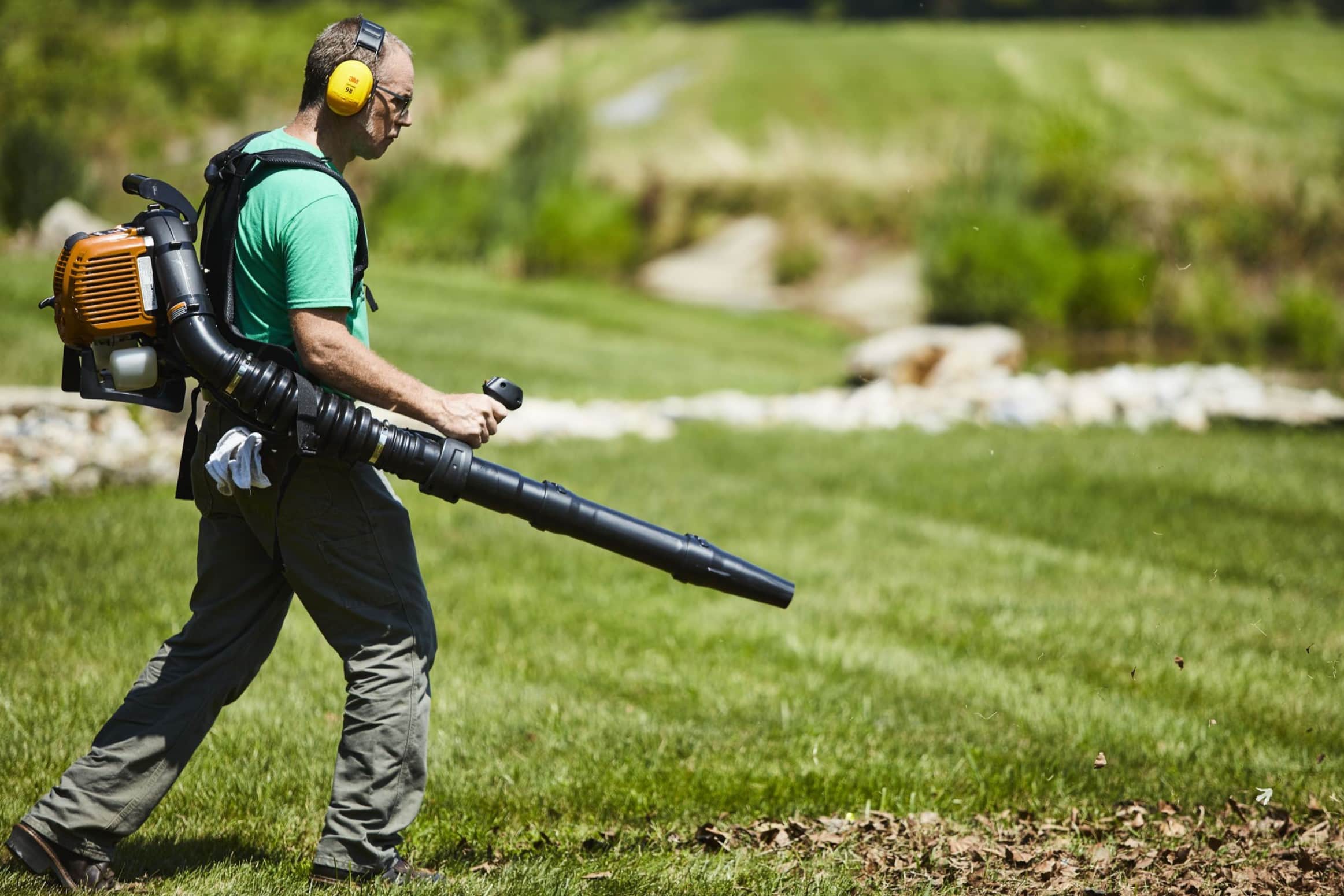

Garden Tools & Equipment
How To Start Leaf Blower
Modified: February 18, 2024
Learn how to start a leaf blower and keep your garden tidy with our expert tips and advice on garden tools and equipment. Get started today!
(Many of the links in this article redirect to a specific reviewed product. Your purchase of these products through affiliate links helps to generate commission for Storables.com, at no extra cost. Learn more)
Introduction
Welcome to the world of leaf blowers! Whether you're a seasoned gardener or just getting started with yard maintenance, a leaf blower is a valuable tool for keeping your outdoor space tidy. These versatile machines make quick work of clearing leaves, grass clippings, and other debris, saving you time and effort. However, if you're new to leaf blowers, getting started can seem a bit daunting.
In this guide, we'll walk you through the essential steps to start a leaf blower with confidence. From assembling the blower to operating it safely and effectively, you'll gain the knowledge you need to make the most of this powerful tool. So, grab your leaf blower and let's dive in!
Whether you're a homeowner looking to maintain a pristine yard or a professional landscaper seeking efficiency, mastering the art of starting and using a leaf blower will elevate your outdoor maintenance game. Let's embark on this journey together and unleash the full potential of your leaf blower!
Key Takeaways:
- Master the art of leaf blower operation by assembling, fueling, and understanding controls for safe and efficient use. Prioritize safety, technique, and maintenance to achieve pristine outdoor spaces.
- Embrace the versatility and efficiency of your leaf blower, and let it become an indispensable ally in your outdoor maintenance endeavors. With practice, transform your outdoor spaces with ease and precision.
Read more: How To Start A Stihl Leaf Blower
Step 1: Assemble the Leaf Blower
Before you can start using your leaf blower, it’s essential to assemble it properly. Most leaf blowers come with straightforward assembly instructions, but it’s always a good idea to familiarize yourself with the process. Here’s a general outline of the assembly steps:
- Unpack the Components: Carefully unpack the leaf blower and ensure that all the components are present. This typically includes the blower unit, nozzle, handle, and any additional accessories.
- Attach the Nozzle: Depending on the design of your leaf blower, you may need to attach the nozzle to the blower unit. This is often a simple process that involves aligning the nozzle with the blower’s outlet and securing it in place.
- Install the Handle: Many leaf blowers feature a handle that needs to be attached. This step usually involves securing the handle to the blower unit using provided hardware or a quick-release mechanism.
- Check for Secure Connections: Once the main components are assembled, double-check all connections to ensure they are secure. This includes inspecting the attachment points of the nozzle and handle to prevent any issues during operation.
As you assemble your leaf blower, be mindful of any specific instructions provided by the manufacturer. Taking the time to properly set up your leaf blower will ensure that it operates safely and efficiently when it’s time to put it to use.
Step 2: Familiarize Yourself with the Controls
Understanding the controls of your leaf blower is crucial for safe and effective operation. Before starting the machine, take a moment to familiarize yourself with the various controls and features. Here’s a breakdown of the typical controls found on most leaf blowers:
- Throttle Trigger: The throttle trigger, usually located on the handle, allows you to control the speed and airflow of the leaf blower. Squeezing the trigger increases the power, while releasing it reduces the airflow.
- Cruise Control: Some leaf blowers are equipped with a cruise control feature that allows you to set a constant airflow without continuously holding down the throttle trigger. This can be especially useful for longer periods of operation.
- Ignition Switch: If your leaf blower is powered by a gasoline engine, it will have an ignition switch to start and stop the engine. Familiarize yourself with the location and operation of the ignition switch before starting the blower.
- Airflow Tube Adjustment: Depending on the model, your leaf blower may have an adjustable airflow tube. Understanding how to position and adjust the tube can help you direct the airflow precisely where it’s needed.
Once you’ve identified and familiarized yourself with the controls, take a moment to practice handling the leaf blower in a safe and open area. Get a feel for how the throttle trigger responds and experiment with adjusting the airflow. This hands-on approach will build your confidence and ensure that you’re comfortable with the blower’s operation before putting it to use in a more demanding setting.
By understanding and mastering the controls of your leaf blower, you’ll be better equipped to tackle various outdoor maintenance tasks with precision and efficiency.
Step 3: Fueling the Leaf Blower
Before you can start your leaf blower, it’s essential to ensure that it’s fueled and ready to go. The type of fuel your leaf blower requires will depend on its specific engine type, so it’s crucial to consult the user manual for the correct fueling instructions. Here are the general steps for fueling a leaf blower:
- Check the Fuel Type: Determine whether your leaf blower is powered by a gasoline engine or an electric motor. Gasoline-powered leaf blowers require a mixture of gasoline and two-stroke oil, while electric leaf blowers rely on a power cord or battery.
- Prepare the Fuel Mixture: If your leaf blower is gas-powered, mix the appropriate ratio of gasoline and two-stroke oil in a suitable container. It’s crucial to follow the manufacturer’s recommendations for the correct oil-to-gas ratio to ensure optimal engine performance and longevity.
- Fuel the Blower: With the fuel mixture ready, carefully pour it into the blower’s fuel tank, taking care to avoid spills. Use a funnel if needed to minimize the risk of spilling fuel onto the blower or the surrounding area.
- Secure the Fuel Cap: After fueling the leaf blower, securely tighten the fuel cap to prevent leaks and ensure that the engine receives a consistent fuel supply during operation.
- Charge or Connect the Power Source: For electric leaf blowers, ensure that the battery is fully charged or the power cord is connected to a suitable power source. This step is essential for electric leaf blowers to operate effectively.
When fueling your leaf blower, it’s essential to work in a well-ventilated area and avoid spilling fuel on the blower or the ground. Additionally, always refer to the manufacturer’s guidelines for specific fueling instructions and safety precautions.
By properly fueling your leaf blower, you’ll ensure that it’s ready to deliver the power and performance needed to tackle outdoor cleanup tasks with ease.
Before starting a leaf blower, make sure to check the fuel and oil levels. Prime the engine by pressing the primer bulb a few times. Set the choke to the “start” position, and pull the starter cord firmly. Once the engine starts, let it warm up for a few minutes before using.
Step 4: Starting the Leaf Blower
Once your leaf blower is assembled, fueled, and you’re familiar with its controls, it’s time to start the engine and prepare for operation. The starting procedure may vary depending on whether your leaf blower is powered by a gasoline engine or electricity, so it’s important to follow the manufacturer’s guidelines. Here’s a general overview of starting a leaf blower:
- Gasoline-Powered Leaf Blower: If your leaf blower is gas-powered, the starting process typically involves the following steps:
- Prime the Engine: Many gas-powered leaf blowers feature a primer bulb that needs to be pressed several times to draw fuel into the carburetor. This primes the engine for starting.
- Set the Choke: If your leaf blower has a choke lever, set it to the “choke” position when starting a cold engine. This enriches the fuel mixture for easier starting.
- Pull the Starter Cord: Grasp the starter cord handle and give it a firm pull to start the engine. Depending on the blower, this may require multiple pulls to ignite the engine.
- Warm-Up the Engine: Once the engine starts, allow it to warm up for a brief period before transitioning the choke to the “run” position for normal operation.
- Electric Leaf Blower: If you’re using an electric leaf blower, the starting process is typically more straightforward:
- Connect the Power Source: Ensure that the battery is installed and charged, or connect the power cord to a suitable electrical outlet.
- Activate the Power Switch: Most electric leaf blowers feature a simple on/off switch. Activate the switch to start the blower, and you’re ready to go.
Regardless of the type of leaf blower you’re using, always follow the specific starting instructions provided by the manufacturer. This will ensure that you start and operate the leaf blower safely and effectively, prolonging its lifespan and maximizing performance.
With the engine running and the blower at your command, you’re now ready to harness the power of your leaf blower to tackle outdoor cleanup tasks with ease and efficiency.
Read more: How To Start A Gas Leaf Blower
Step 5: Operating the Leaf Blower
Now that your leaf blower is assembled, fueled, and started, it’s time to put it to work. Operating a leaf blower effectively involves more than just pointing and blowing – it requires technique and attention to detail to achieve the best results. Here’s a guide to operating your leaf blower with precision and efficiency:
- Choose the Right Nozzle: Many leaf blowers come with interchangeable nozzles designed for specific tasks. Select the appropriate nozzle for the job at hand, whether it’s a narrow nozzle for concentrated airflow or a wider one for broader coverage.
- Adjust the Airflow: Depending on the debris you’re clearing, adjust the blower’s airflow to suit the task. Lower airflow settings are suitable for light debris and delicate surfaces, while higher settings are ideal for heavier debris and more robust surfaces.
- Maintain a Consistent Distance: When using the leaf blower, maintain a consistent distance from the surface being cleared. This ensures even airflow and prevents damage to delicate plants or surfaces.
- Work in Sections: For larger areas, work in manageable sections, moving methodically across the space to ensure thorough coverage. By breaking the task into smaller segments, you can maintain control and achieve a more uniform result.
- Use Overlapping Movements: When directing the airflow, use overlapping movements to prevent missing spots and ensure comprehensive debris removal. This technique is particularly effective when clearing leaves and grass clippings from lawns and pathways.
- Be Mindful of Debris Direction: Pay attention to the direction in which the debris is being blown. Whenever possible, aim the airflow away from buildings, vehicles, and other areas where debris accumulation may be undesirable.
- Practice Safety Precautions: Always wear eye protection, ear defenders, and appropriate clothing when operating a leaf blower. Additionally, be mindful of others in the vicinity and avoid directing airflow toward people, animals, or fragile objects.
By following these guidelines, you’ll be able to harness the full potential of your leaf blower, achieving efficient and precise results while maintaining a safe and controlled working environment.
With these techniques in mind, you’re now equipped to make the most of your leaf blower, transforming outdoor cleanup tasks into quick and satisfying endeavors.
Conclusion
Congratulations on mastering the art of starting and operating a leaf blower! By following the steps outlined in this guide, you’ve gained the knowledge and confidence to make the most of this essential outdoor maintenance tool. As you embark on your leaf-blowing adventures, remember the following key takeaways:
- Preparation is Key: Properly assembling, fueling, and familiarizing yourself with the controls of your leaf blower sets the stage for successful operation.
- Safety First: Always prioritize safety by wearing appropriate protective gear and being mindful of your surroundings and others nearby while operating the leaf blower.
- Technique Matters: Utilize the right nozzle, adjust airflow settings, and employ consistent and overlapping movements to achieve efficient and thorough debris clearing.
- Maintenance is Essential: After each use, take the time to clean and maintain your leaf blower to ensure optimal performance and longevity.
Whether you’re tidying up your own backyard, maintaining a commercial property, or providing landscaping services, the knowledge and skills you’ve acquired will serve you well in achieving pristine and well-kept outdoor spaces.
Remember that practice makes perfect, and as you become more familiar with your leaf blower, you’ll discover the most effective techniques for various tasks and environments. Embrace the versatility and efficiency of your leaf blower, and let it become an indispensable ally in your outdoor maintenance endeavors.
With your newfound expertise, you’re well-equipped to tackle leafy challenges head-on and enjoy the satisfaction of a job well done. Now, armed with your leaf blower and the knowledge you’ve acquired, go forth and transform your outdoor spaces with ease and precision!
Frequently Asked Questions about How To Start Leaf Blower
Was this page helpful?
At Storables.com, we guarantee accurate and reliable information. Our content, validated by Expert Board Contributors, is crafted following stringent Editorial Policies. We're committed to providing you with well-researched, expert-backed insights for all your informational needs.
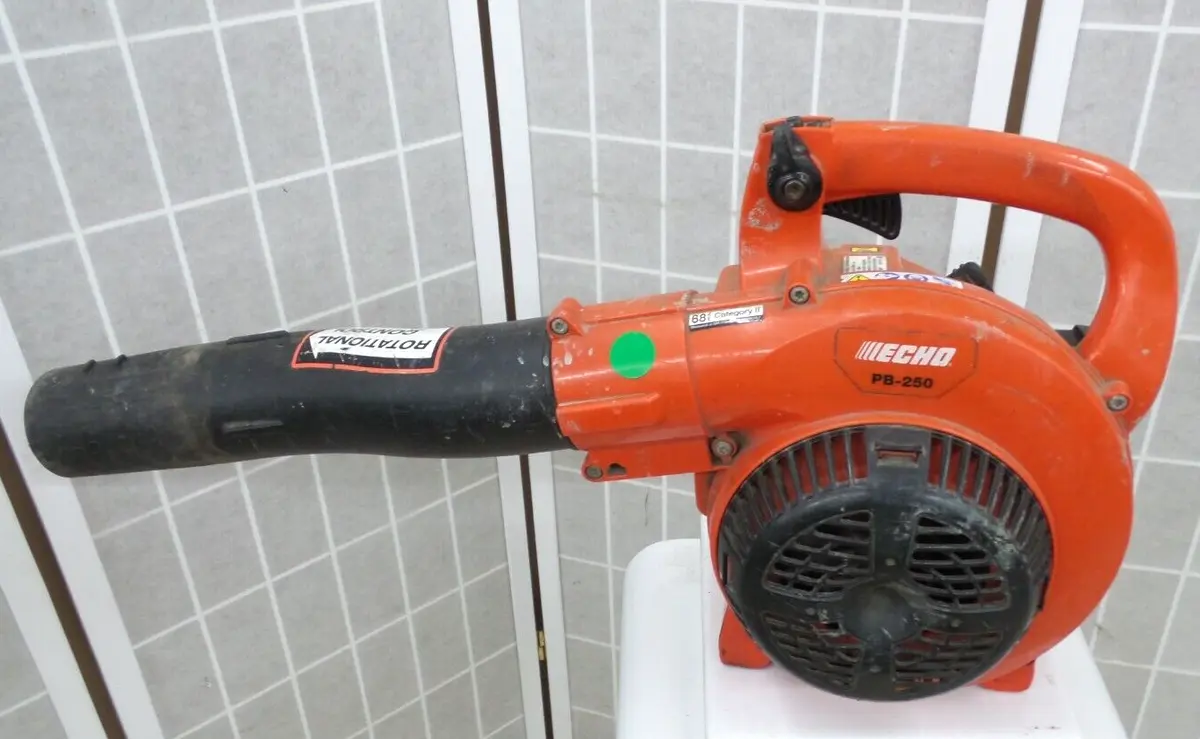
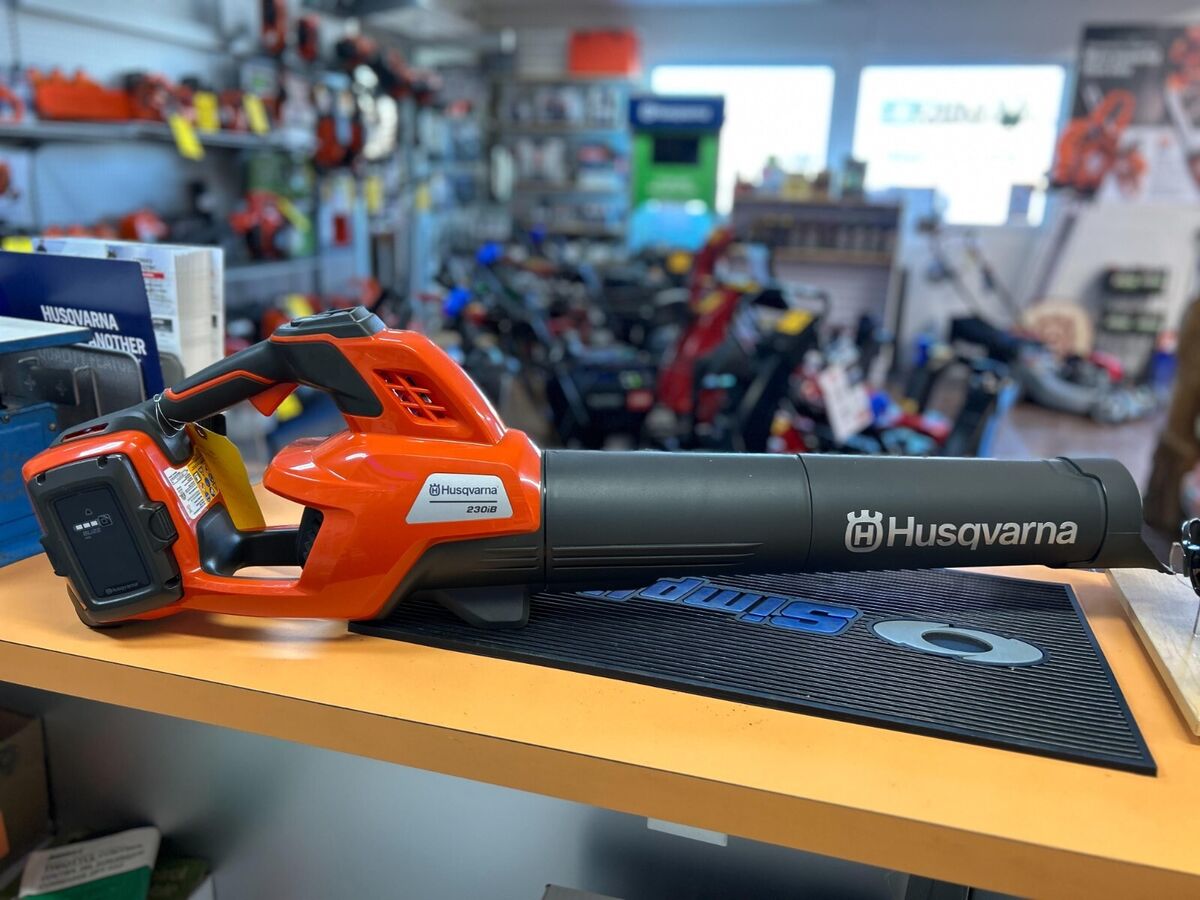
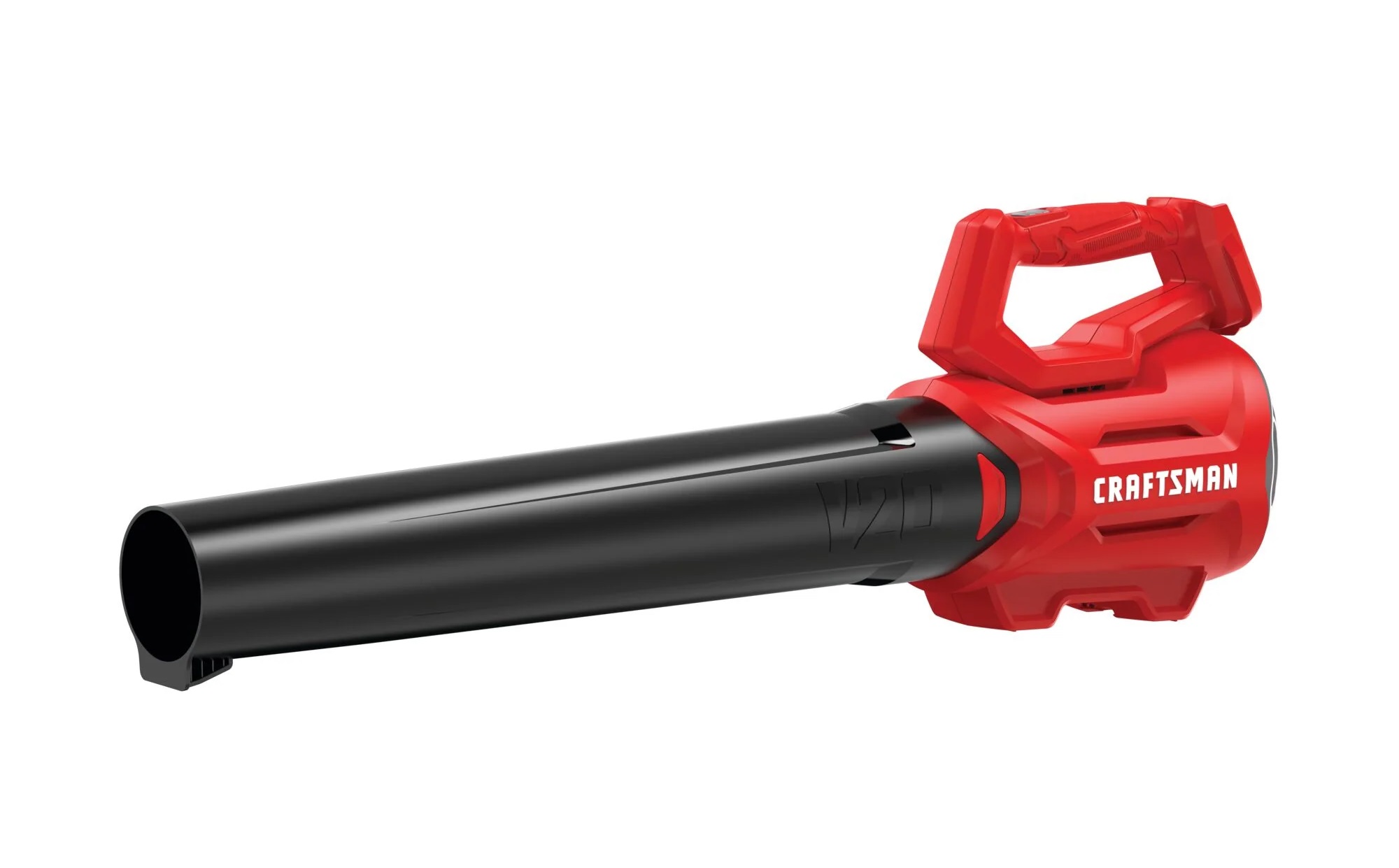
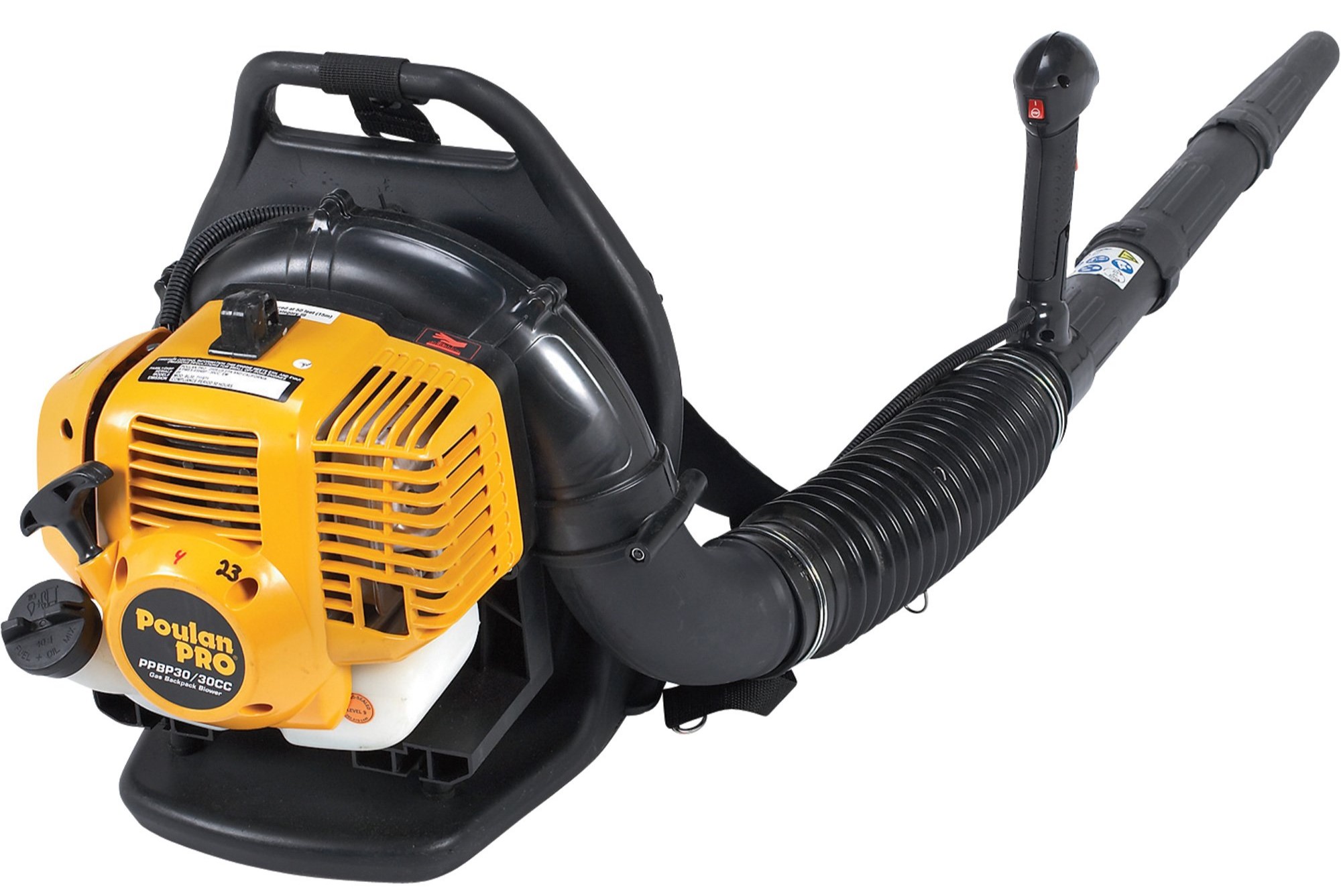
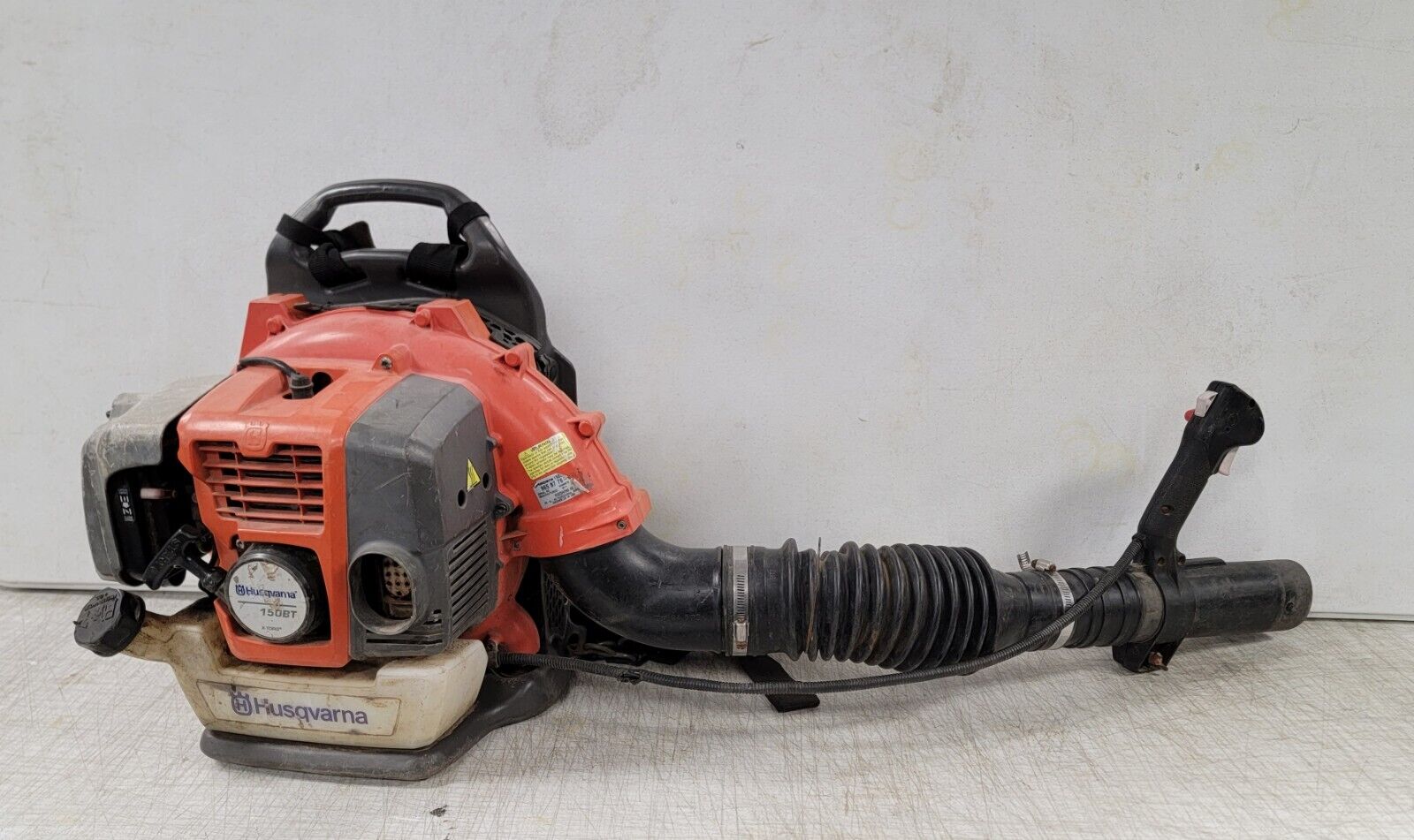
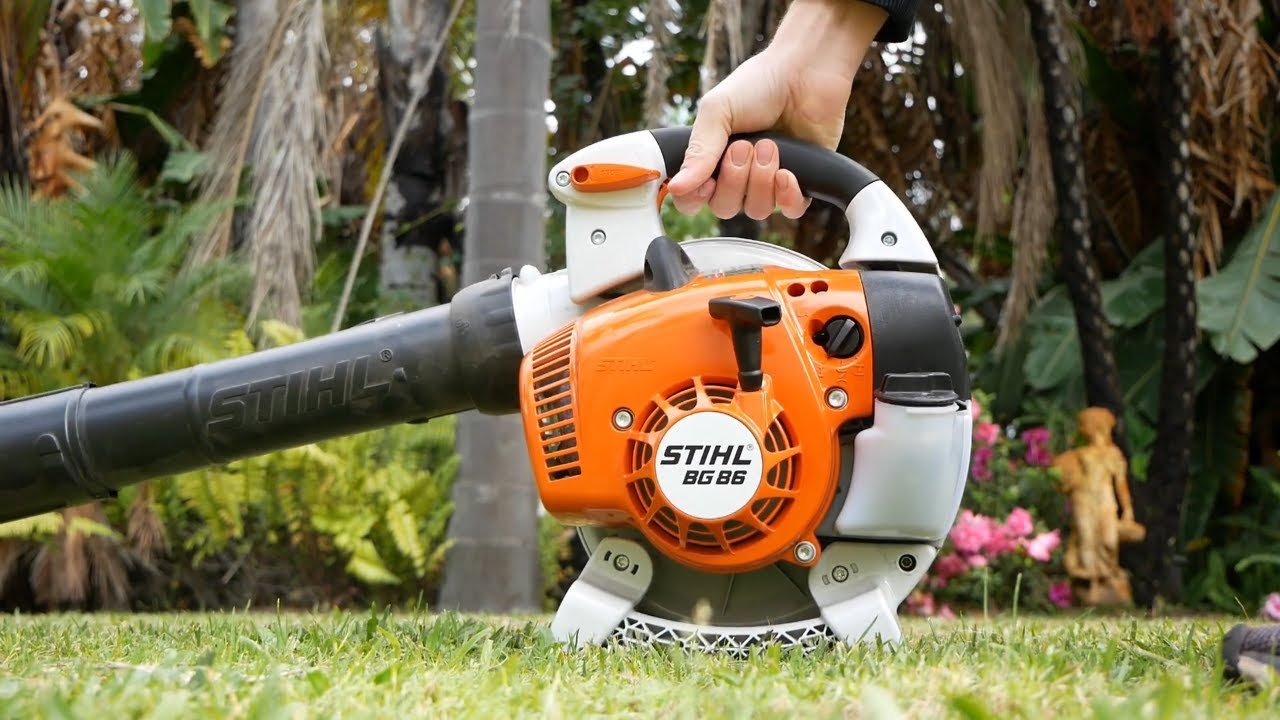
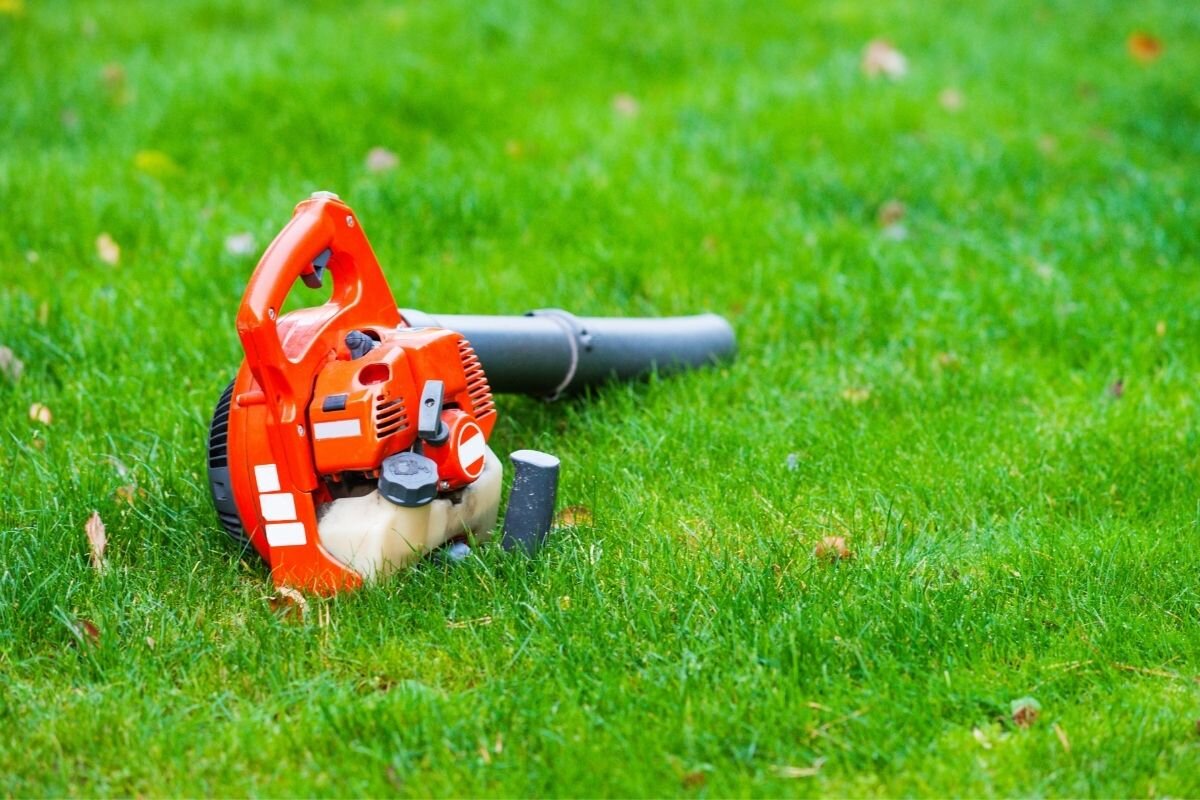
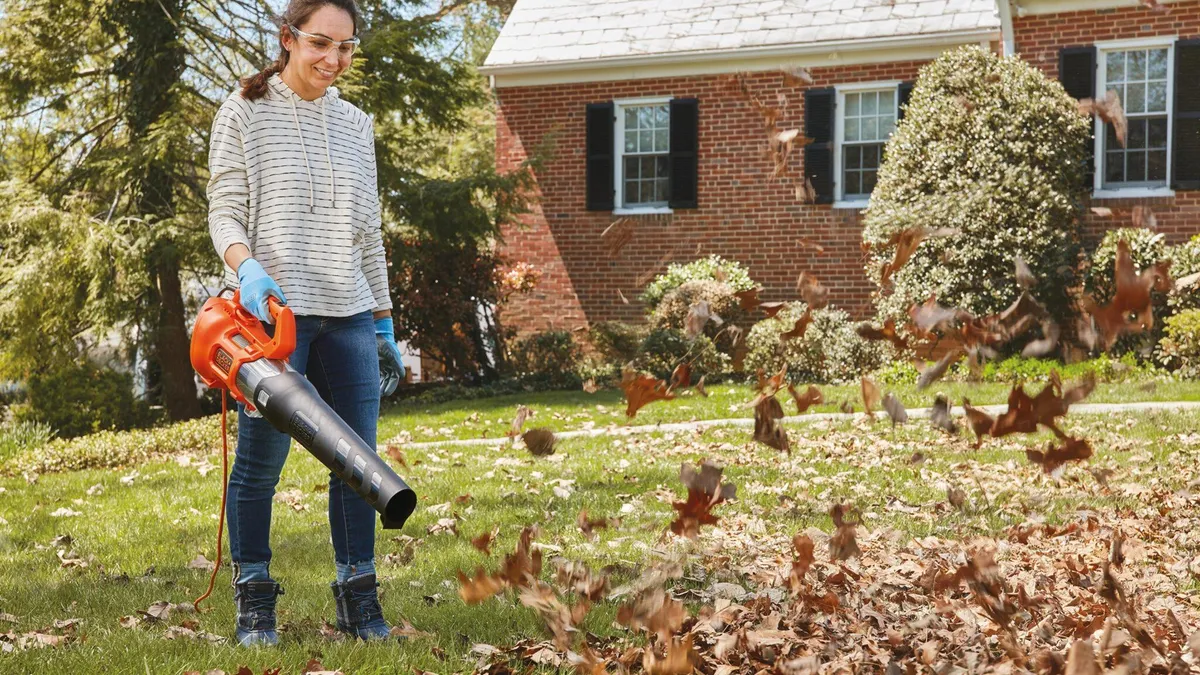
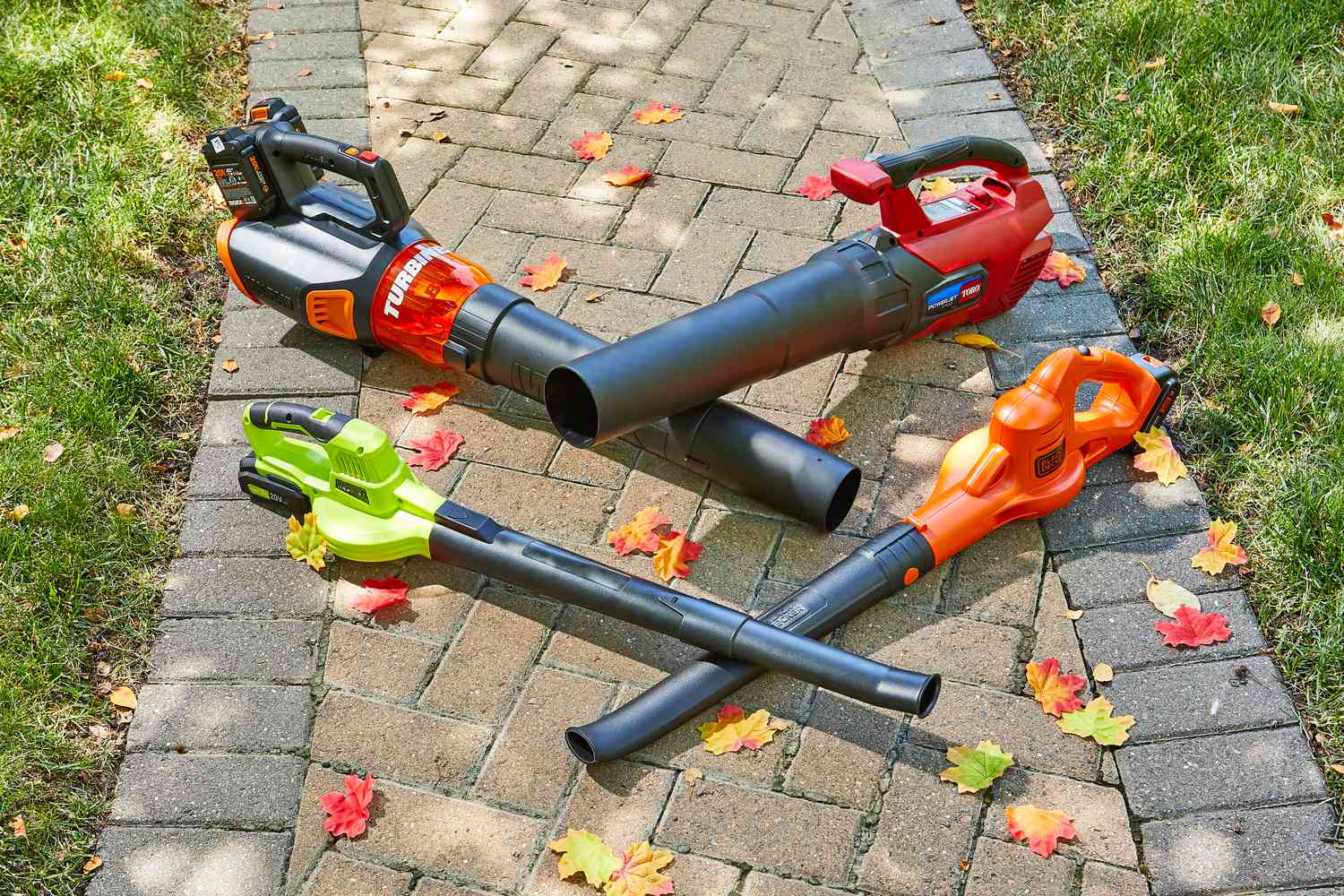
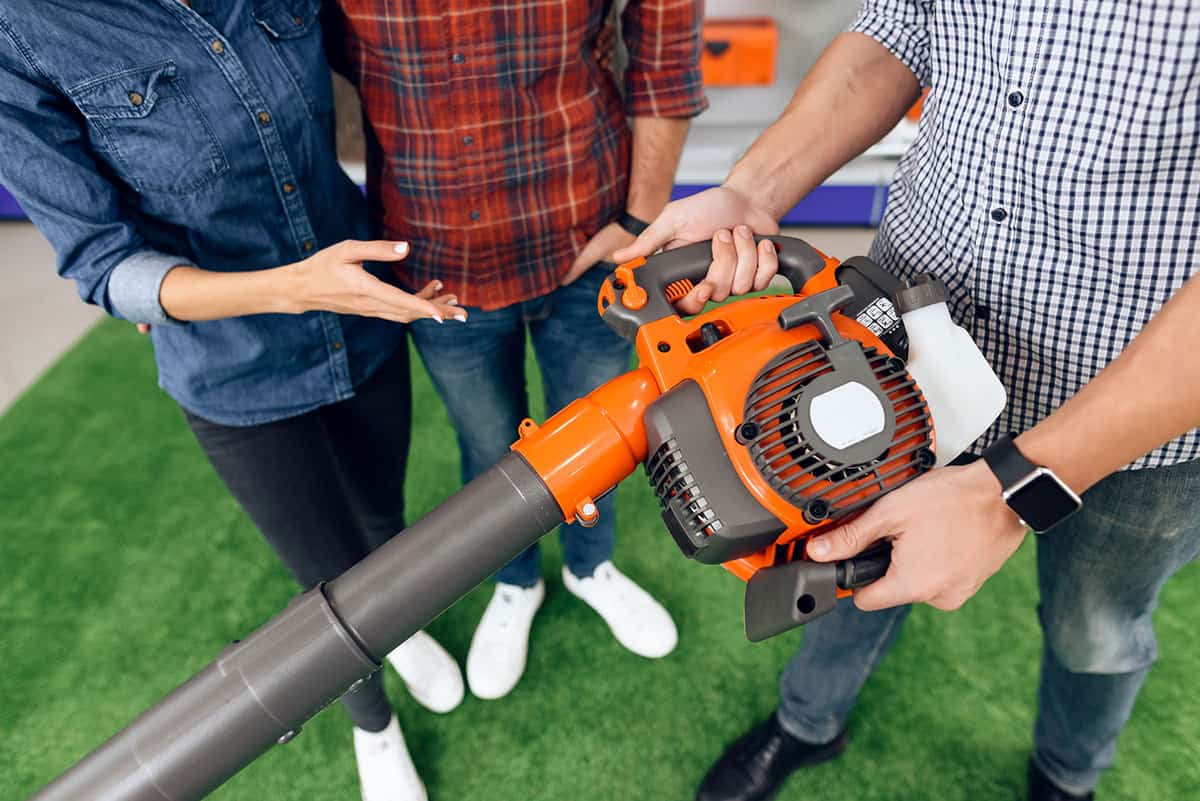
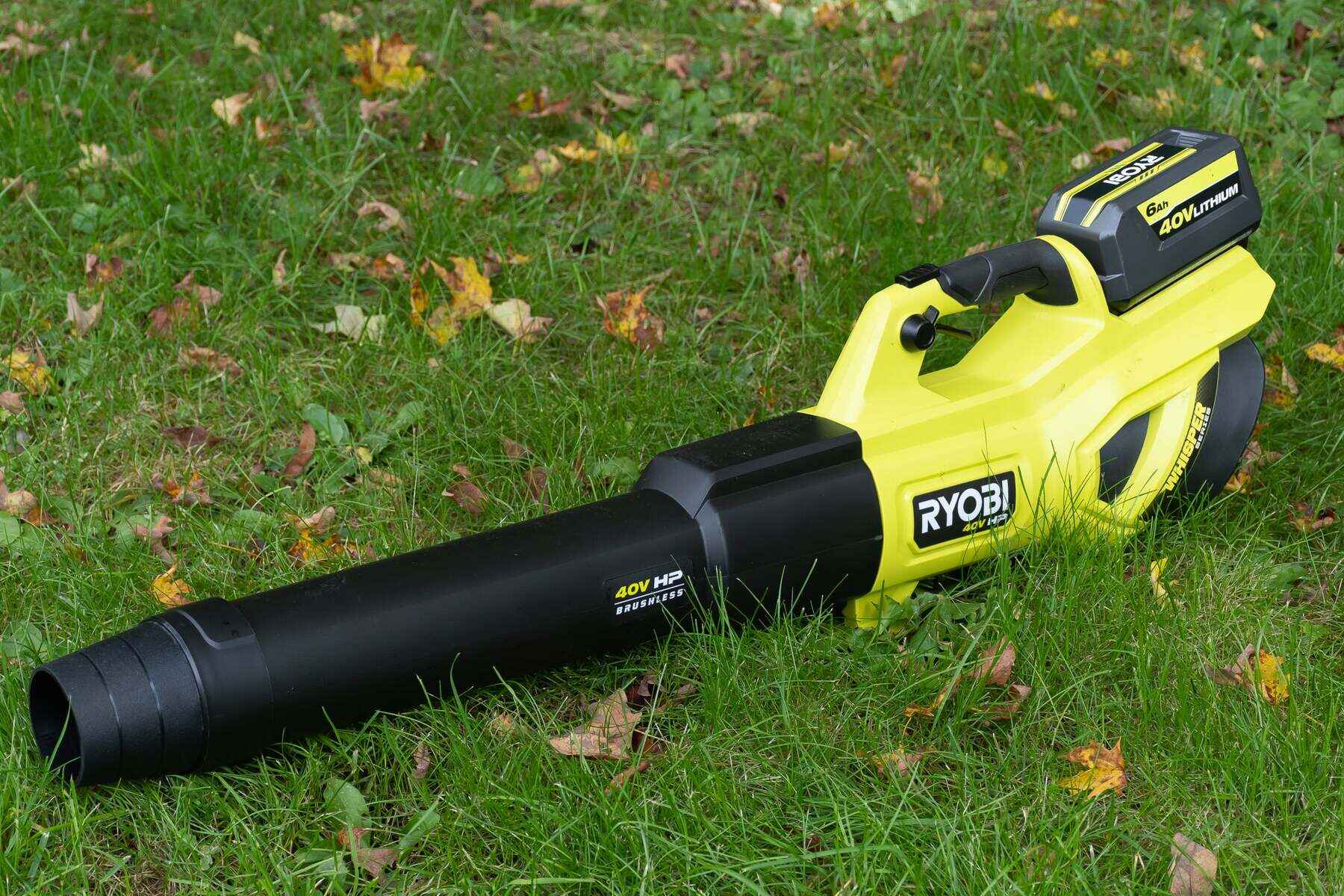
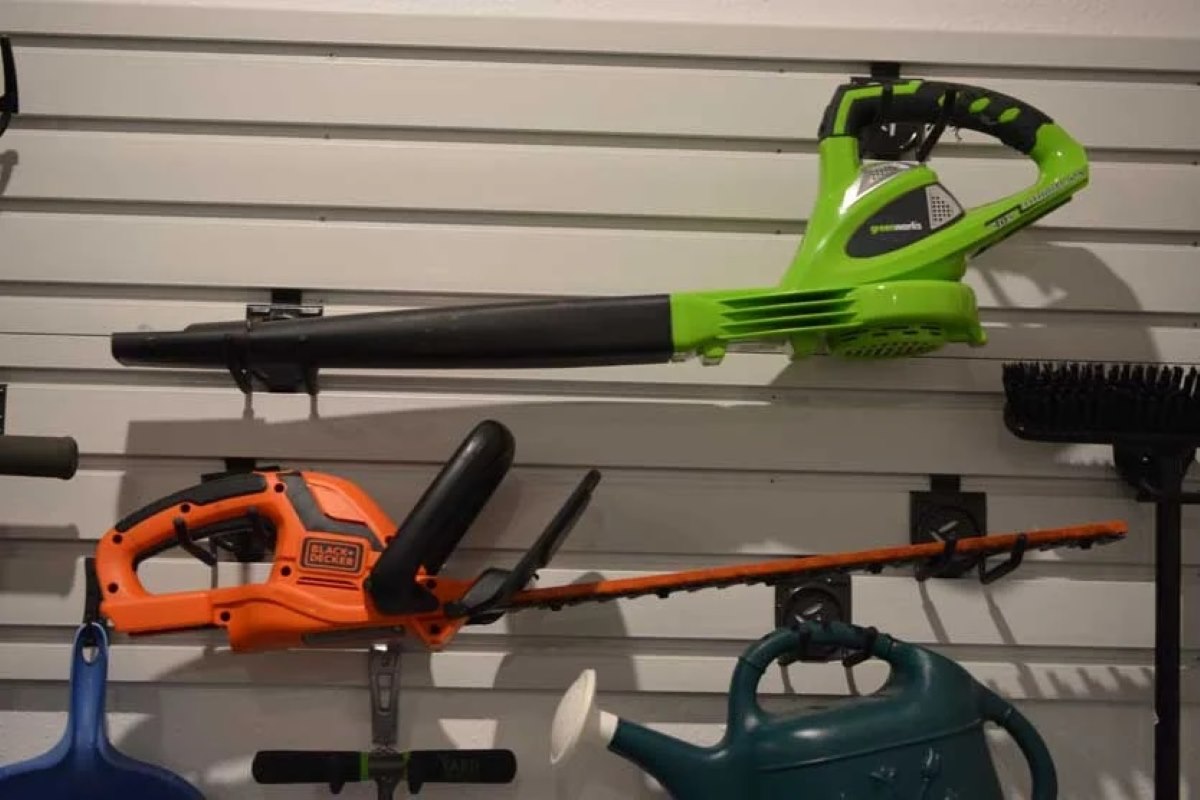
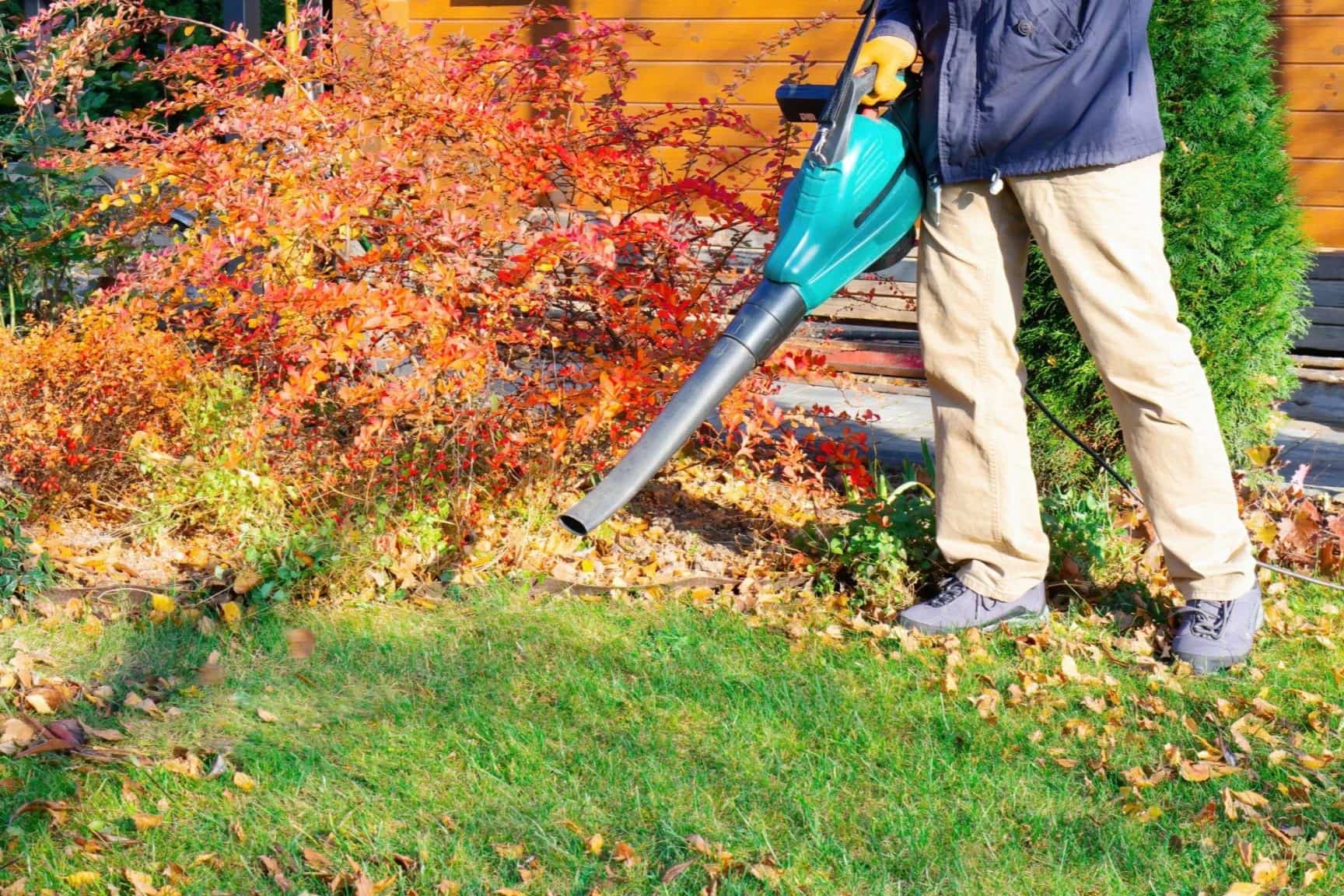
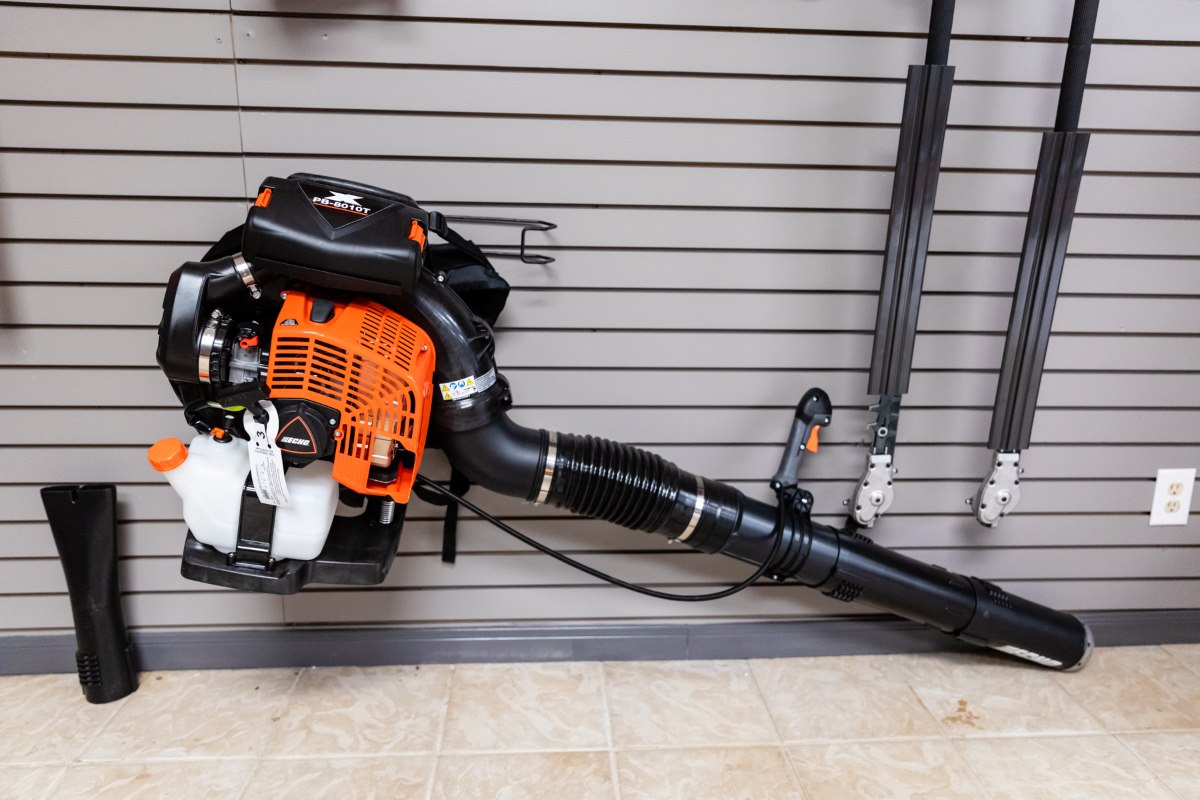

0 thoughts on “How To Start Leaf Blower”